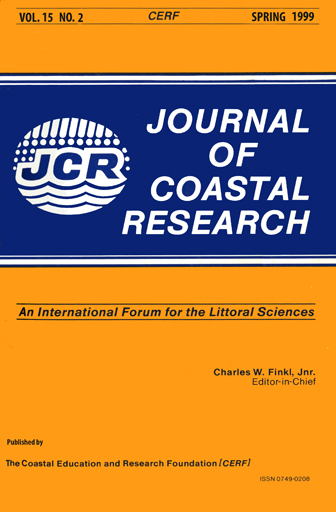Palynological Record of an Early-Mid Holocene Mangrove in Eastern Venezuela. Implications for Sea-Level Rise and Disturbance History
Keywords:
Pollen analysis, fossil wood, radiocarbon dating, sea-level rise, human disturbance, Caribbean.Abstract
The purpose of the present report is to document the occurrence of a Holocene mangrove community on the southern Caribbean margin, and to build up a preliminary sea-level curve for Venezuela. This is accomplished through pollen analysis of a buried coastal peat layer at 9.4 m depth, as well as anatomical analysis and radiocarbon dating of an overlying wood fragment. The pollen assemblage from the peat layer is analogous to those found in present-day Caribbean mangroves. The wood comes from a 6,960 ± 70 year old Rhizophora tree. This is used as evidence of a in situ mangrove community and, consequently, of the position of sea level at that time. A tentative curve for sea-level rise is presented, by compilation of radiocarbon dates on mangrove peats and corals. This study is a contribution to the evaluation of recent sea-level increase connected to the global warming, its main value being the possibility of recognizing the natural trend in sea-level rise, and separate it from the human-induced effect.


